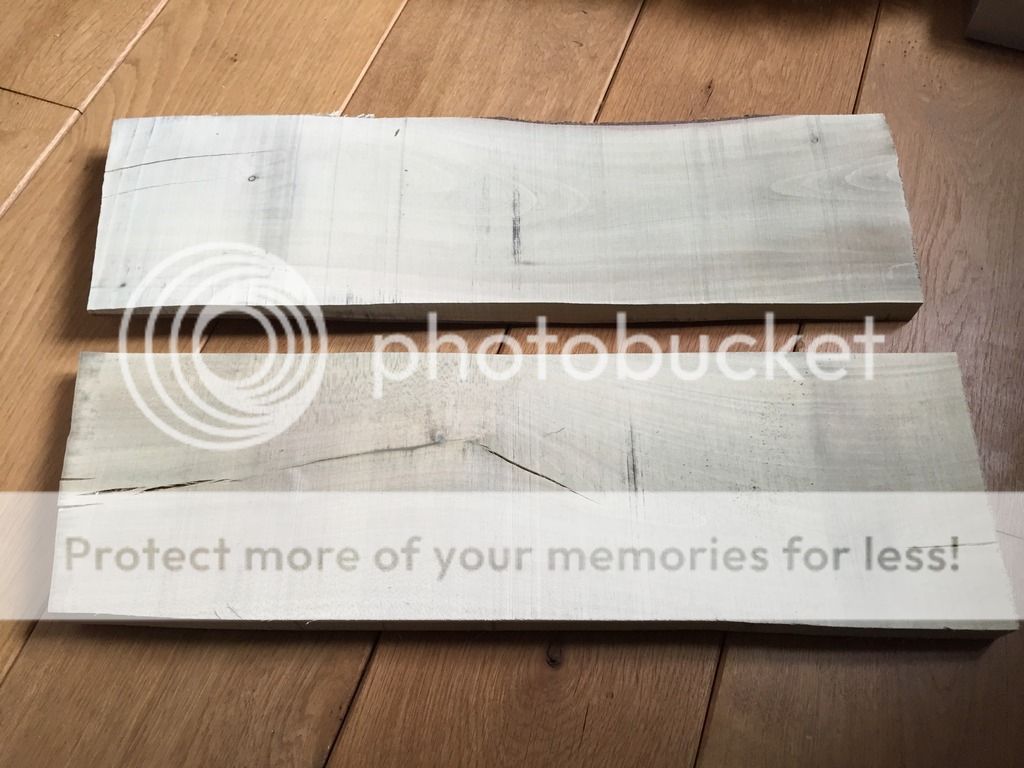Random Orbital Bob
Established Member
Oh good...so there is hope then 
The idea (Musicman) that the fungus pre-existed in the trunk and simply flared up green on exposure to air could be right I guess.
Of one thing I have no doubt and Terry, you've just confirmed it observationally, the catalyst is exposure to the air. That's why the end grain isn't showing green because it was already pre-cut. Only the freshly cut faces are going green. It's almost tempting to believe the actual sap itself is green and what we're seeing is the sap bleeding slowly from the cut surface. Terry...any chance of uploading a piccy or two for the sake of having a more complete record of this for future reference for the forum?
Thanks
The idea (Musicman) that the fungus pre-existed in the trunk and simply flared up green on exposure to air could be right I guess.
Of one thing I have no doubt and Terry, you've just confirmed it observationally, the catalyst is exposure to the air. That's why the end grain isn't showing green because it was already pre-cut. Only the freshly cut faces are going green. It's almost tempting to believe the actual sap itself is green and what we're seeing is the sap bleeding slowly from the cut surface. Terry...any chance of uploading a piccy or two for the sake of having a more complete record of this for future reference for the forum?
Thanks






































